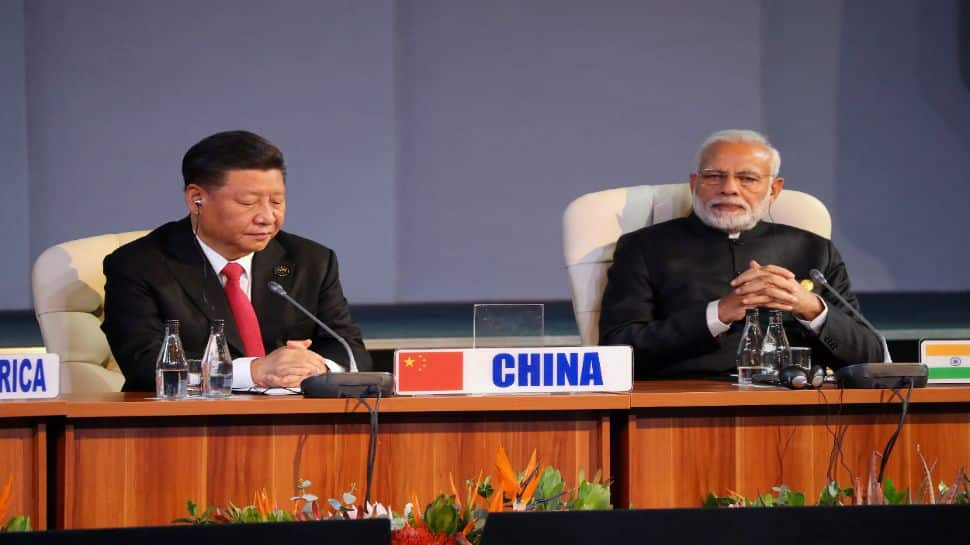China Invites India To RCEP: A Potential Trade Game-Changer
China has extended an invitation for India to join the Regional Comprehensive Economic Partnership (RCEP), signaling a potential reset of bilateral economic ties. A top Chinese economist suggests this could significantly boost trade, with tariffs potentially dropping to zero within a decade.
Key Takeaways
- China could increase imports from India if it joins the RCEP trade bloc.
- Indian exports to China fell 14.4% in FY25, while imports rose 11.5%.
- India’s GDP growth at 7.8% outpaces China’s 5%, creating new dynamics.
- Technology and AI identified as key growth catalysts for both nations.
Why India Stayed Out of RCEP
India opted out of RCEP in 2019 to protect its domestic industries and farmers. Key concerns included cheaper Chinese imports in electronics, machinery, and dairy that could hurt local producers and widen the trade deficit. Some RCEP provisions on services and investment also didn’t align with India’s national interests.
China’s Trade Optimism
Leqing Zhang, director of the Center for International Finance Studies in Beijing, expressed strong optimism about potential trade integration. “If New Delhi adopts a more open stance toward Beijing and joins the RCEP, China could import more from India. Indian goods could become more competitive than others,” Zhang told ET.
He also expressed hope that both sides could resolve remaining border issues, creating a more favorable environment for economic cooperation.
Current Trade Reality
The latest trade figures reveal challenging dynamics: India’s exports to China fell to $14.3 billion in FY 2024-25 from $16.7 billion the previous year. Meanwhile, imports from China rose to $113.4 billion, highlighting the significant trade imbalance.
Growth Comparison: India Outpaces China
Economic growth patterns show India surging ahead with 7.8% GDP growth in the April-June quarter – the highest in five quarters. China’s growth, while sustainable at 5%, has slowed from 5.4% in 2023.
Zhang noted that both nations face external challenges, including US-led protectionist measures. “India faces a 50% tariff, while China faces 30%,” he said, emphasizing that both economies will feel the impact of these trade shocks.
Future Growth Catalysts
Zhang identified technology and artificial intelligence as crucial drivers for future economic growth. He emphasized that AI will play a pivotal role in boosting investment and accelerating growth for both nations.
China is simultaneously shifting its economic strategy from export and investment reliance toward domestic consumption, a move influenced by global uncertainty and US tariffs. This strategic pivot could create new opportunities for cooperation.




